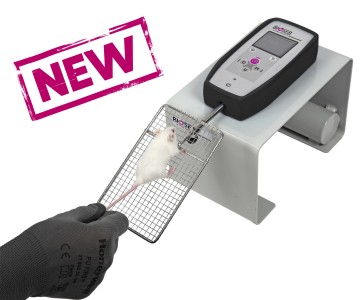Authors
M Lee, HS Cho, KJ Yoon, WS Lee, HY Moon
Lab
of physical Education, College of Education, Seoul National University, Seoul, South Korea.
Journal
Biochemical and Biophysical Research
Abstract
Purpose Exercise has been prescribed to the elderly based on its effect on increasing muscle strength and protein synthesis that prevent sense of balance and/or cognitive functions. However, a few molecular mechanism researches has been conducted on how the vestibular organs, cerebellum, and hippocampus, which are responsible for the deterioration and balance of spatial learning memory due to aging, are affected by exercise.
Methods The 9-week old and 84-week old C57Bl/6 were assigned randomly to Young-Control (YC), Young-Exercise (YE), Old-Control (OC) and Old-Exercise (OE) groups for 4 -week treadmill running. A Rotarod test was used to evaluate motor coordination function. Moreover, a high-throughput whole transcript expression RNA array approach was applied to the cerebellum of aged mice to explain the novel molecular mechanism of beneficial effect of exercise.
Results As results, the motor coordination function was significantly improved in exercise-aged mice. The RNA sequencing analysis showed that the expression of cerebellar genes was significantly changed by aging rather than exercise. Especially, Cers1 was up-regulated in sedentary aged mice and down-regulated in exercise aged mice. Fumonisin B1, inhibition of Cers1, mitigates neuronal cell death induced by doxorubicin.
ConclusionThese results provide unraveling specific transcripts and understanding of the exercise-related cerebellum transcriptome in aged mice. Well-designed exercise program might prevent the motor coordination defect in aged model, which development of the exercise protocol for elderly population based on these markers.
BIOSEB Instruments Used
Grip strength test (BIO-GS3)
Source :
https://www.sciencedirect.com/science/article/abs/pii/S0006291X19321448#abs0010

 Pain - Thermal Allodynia / Hyperalgesia
Pain - Thermal Allodynia / Hyperalgesia Pain - Spontaneous Pain - Postural Deficit
Pain - Spontaneous Pain - Postural Deficit Pain - Mechanical Allodynia / Hyperalgesia
Pain - Mechanical Allodynia / Hyperalgesia Learning/Memory - Attention - Addiction
Learning/Memory - Attention - Addiction Physiology & Respiratory Research
Physiology & Respiratory Research











![Dynamic Weight Bearing 2.0 – Postural Module [Add-on]](https://bioseb.com/733-home_default/dynamic-weight-bearing-20-add-on-postural-module.jpg)
























 Pain
Pain Central Nervous System (CNS)
Central Nervous System (CNS) Neurodegeneration
Neurodegeneration Sensory system
Sensory system Motor control
Motor control Mood Disorders
Mood Disorders Other disorders
Other disorders Muscular system
Muscular system Joints
Joints Metabolism
Metabolism Cross-disciplinary subjects
Cross-disciplinary subjects CONFERENCES & MEETINGS
CONFERENCES & MEETINGS 